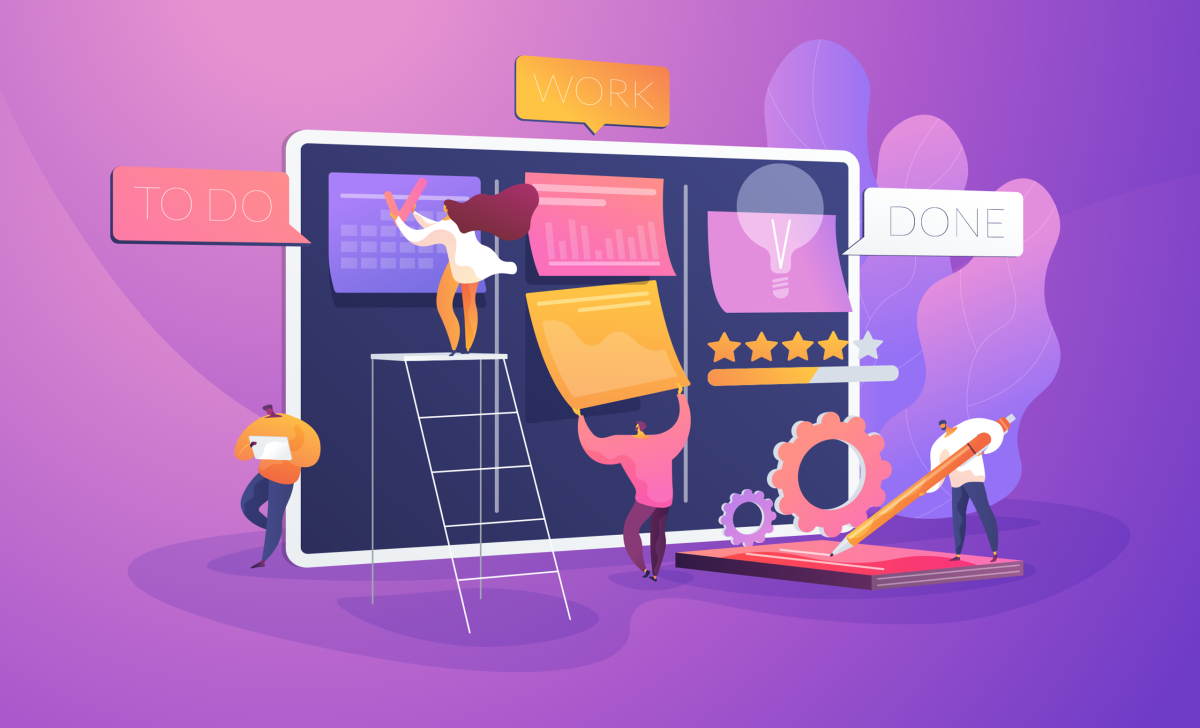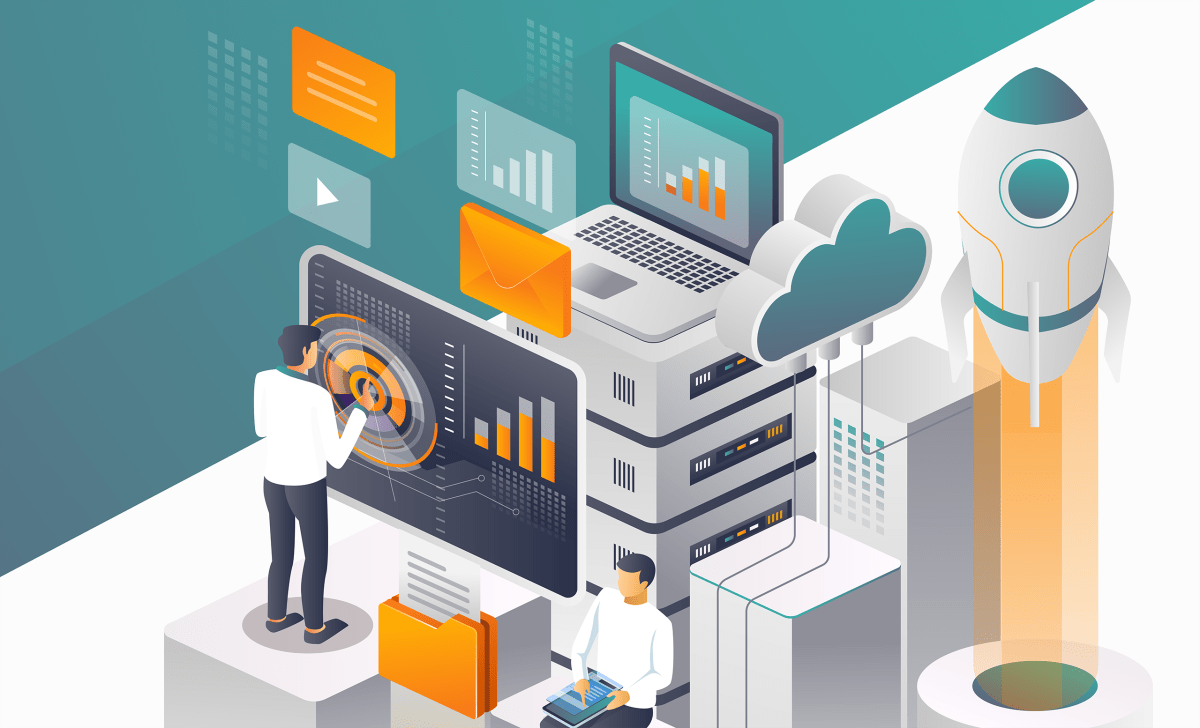As a small yet growing business, we constantly seek ways to improve our teams’ performance and stay ahead in competitive markets. Agile performance management offers an innovative approach focusing on growth, continuous improvement, and teamwork, creating an adaptable and motivated workforce. Our team at Envoc has experienced firsthand the benefits of implementing this strategy, and we highly recommend them for businesses of all stages and industries looking to build innovation into the collective mindset.
The agile way to manage performance
• Growth Mindset: Encourage your team to view challenges as opportunities for development, making them resilient and adaptable. At Envoc, we’ve seen our team members thrive when they embrace a growth mindset, tackling obstacles with enthusiasm and creativity.
• Continuous Improvement: Promote ongoing learning, experimentation, and innovation for constant progress. By cultivating an environment that values continuous improvement, Envoc has stayed agile and responsive to market changes.
• Regular Feedback: Provide timely, specific, and actionable feedback, focusing on individual strengths. At Envoc, we prioritize regular feedback to help our team members grow and excel in their roles.
• Team-Driven Management: Let teams set their own goals, manage resources, and make decisions together. Empowering our teams has fostered a sense of ownership and accountability, driving performance and success at Envoc.
To adopt agile performance management, follow these steps, as we did at Envoc:
• Build a learning culture: Communicate the benefits of the agile approach and foster an environment valuing development, innovation, and collaboration. By nurturing a learning culture, Envoc’s team has grown together and tackled new challenges with confidence.
• Implement feedback tools: Use technology for regular, meaningful feedback between managers and employees. At Envoc, we’ve adopted feedback tools to facilitate constructive conversations and help our team members thrive. Our leadership development initiative has a central theme of training our supervisors and front-line team members on how to have more effective and impactful one-on-ones.
• Align team and business goals: Ensure employees know how their work contributes to the bigger picture. By connecting individual contributions to Envoc’s overall objectives, our team has gained a sense of purpose and belonging.
• Empower your teams: Give them ownership of projects and goals to create a sense of shared responsibility. Envoc’s team has flourished with increased autonomy, working collaboratively to achieve our common goals.
Benefits for your business
Agile performance management offers these advantages, as we have experienced here at Envoc:
• Engaged employees: A growth mindset and continuous improvement create a motivated and committed team. Envoc has seen increased employee engagement, resulting in a positive work environment and strong team morale.
• Better productivity: Regular feedback and collaboration drive performance and help identify areas for improvement. Our team at Envoc has become more efficient, achieving greater results through open communication and teamwork.
• Adaptability: An agile workforce responds quickly to market changes and grabs new growth opportunities. With an agile performance management approach, Envoc has remained nimble and proactive, taking advantage of emerging trends and seizing new business prospects.
Adaptation through collaboration
“Your ability to adapt and innovate is directly proportional to your ability to connect and collaborate with others.” This quote from an executive with a well known financial services company highlights the significance of fostering a collaborative and adaptive environment within your organization. By implementing agile performance management practices, you can cultivate a culture that values teamwork, communication, and continuous improvement, ultimately enabling your business to thrive in a rapidly changing world.


